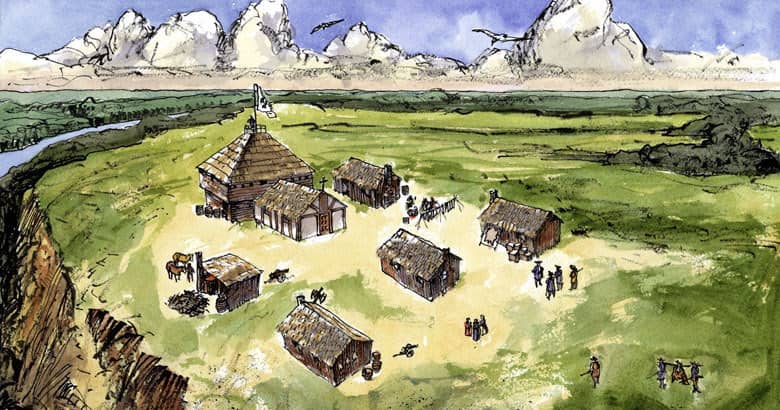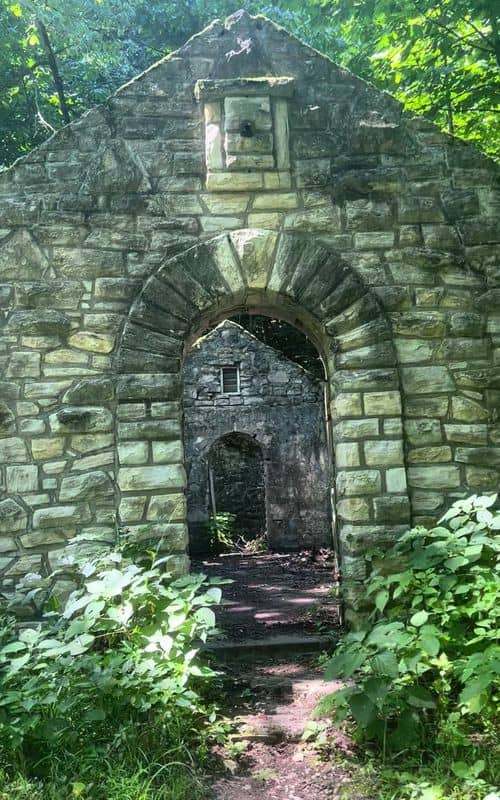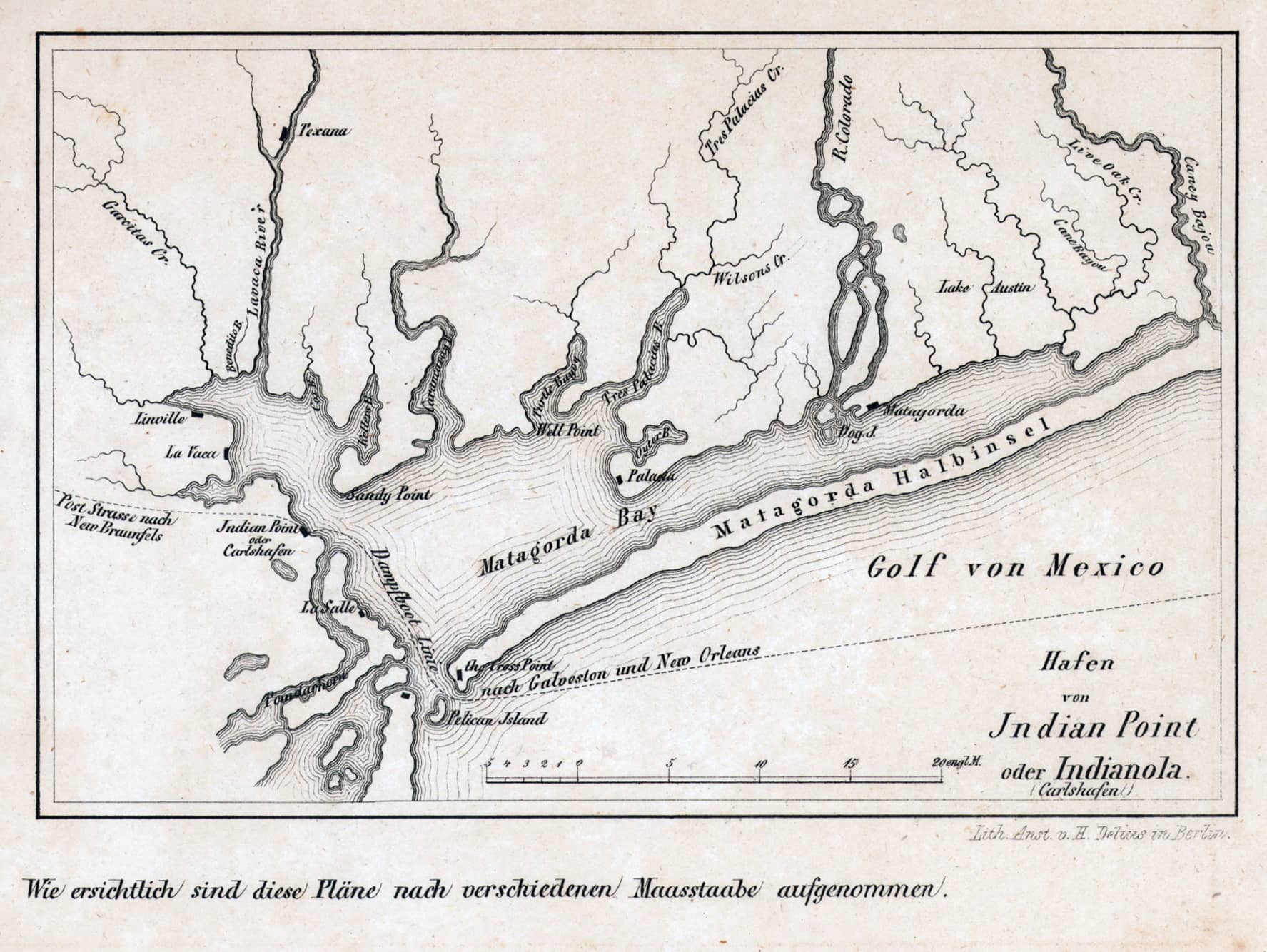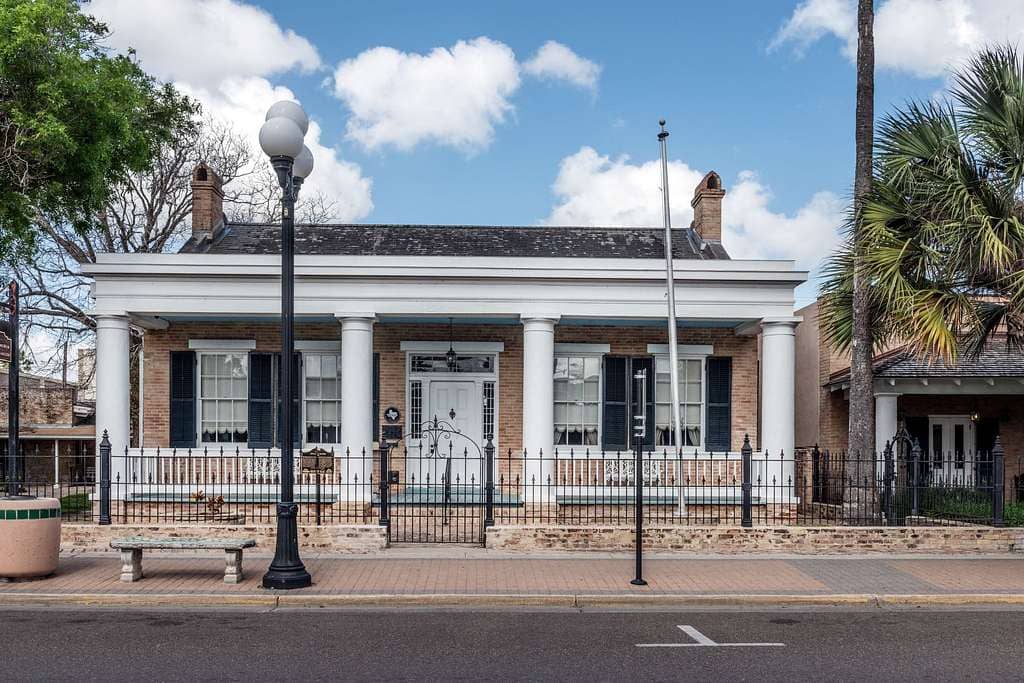Fort Saint-Louis
Site of La Salle's 1685 French settlement, the earliest European outpost on the Gulf Coast between Florida and Mexico.

Highlights
Must-see attractions

Social
From TikTok & Reddit
Best Time
Blue hour photography, calmer galleries
Fort Saint-Louis
Best Time
Blue hour photography, calmer galleries

Highlights
Must-see attractions
Site of La Salle's 1685 French settlement, the earliest European outpost on the Gulf Coast between Florida and Mexico.
"Very little remains of the so-called Fort Saint-Louis, but artifacts are at the Bullock Texas State History Museum."
🚗 No Direct Car Access
Access is limited as the site is on private property. Plan for alternative ways to view the location.
🏛️ Museum Artifacts
See recovered artifacts at the Bullock Texas State History Museum for a tangible connection to the past.
Highlights
Discover the most iconic attractions and experiences

Site of La Salle's Settlement
Explore the historical grounds where French colonists attempted to establish a settlement in the late 17th century.

Garcitas Creek Overlook
Enjoy the scenic views from the bluff overlooking Garcitas Creek, the location of the historic outpost.

Bullock Texas State History Museum
View artifacts recovered from the Fort Saint-Louis site, offering tangible connections to the past.
Plans like a pro.
Thinks like you
Planning Your Visit
Accessing Fort Saint-Louis
Historical Significance
Insider Tips
from TikTok, Instagram & Reddit
🚗 No Direct Car Access
Access is limited as the site is on private property. Plan for alternative ways to view the location.
🏛️ Museum Artifacts
See recovered artifacts at the Bullock Texas State History Museum for a tangible connection to the past.
📜 Historical Context
Understand the struggles of early French colonists against the environment and indigenous peoples.
Tips
from all over the internet
🚗 No Direct Car Access
Access is limited as the site is on private property. Plan for alternative ways to view the location.
🏛️ Museum Artifacts
See recovered artifacts at the Bullock Texas State History Museum for a tangible connection to the past.
📜 Historical Context
Understand the struggles of early French colonists against the environment and indigenous peoples.
What Travellers Say
Reviews Summary
Fort Saint-Louis is primarily of historical interest, with very little remaining at the actual site on private property. Visitors seeking a tangible experience are directed to the Bullock Texas State History Museum to view recovered artifacts. Access to the original location is limited.
"To Jonathan King (another commentator on this thread), the "so-called Fort Saint-Louis" was actually named Fort Saint-Louis" by LaSalle. See attached citation."
Stéphane Beauregard
"How do see the site? definitely not by car. We could only drive over the creek via car. Definitely on private property."
Cynthia Winnubst
"Situated along the Garcitas Creek on private property, very little remains of the so-called Fort Saint Louis. Established by the French explorer La Salle in 1685 and abandoned less than two years later, this site was later home to a Spanish presidio. Artifacts from this site may now be found at the Bullock Texas State History Museum in Austin."
Jonathan King
What People Like
What People Dislike
Frequently Asked Questions
🚇 🗺️ Getting There
Fort Saint-Louis is located on private property along Garcitas Creek. Direct car access is not possible, and visitors should be aware that very little of the original settlement remains visible on site. The primary way to engage with the history is by visiting the Bullock Texas State History Museum in Austin, where artifacts from the site are displayed.
No, direct car access to the Fort Saint-Louis site is not possible as it is situated on private property. Travelers have noted that only creek crossings are feasible by car in the vicinity.
🎫 🎫 Tickets & Entry
There are no specific tickets required for the Fort Saint-Louis site itself, as it is on private property and has minimal remains. However, if you wish to see artifacts from the site, you will need admission tickets for the Bullock Texas State History Museum in Austin.
As Fort Saint-Louis is on private property and not an established tourist attraction, there are no official opening hours. For those interested in the historical artifacts, the Bullock Texas State History Museum has its own operating hours.
🎫 🧭 Onsite Experience
Very little remains of the original Fort Saint-Louis settlement. Visitors will find the site situated on private property along Garcitas Creek. The historical significance lies more in its past than in visible ruins.
There are no official historical markers or tours directly at the Fort Saint-Louis site due to its location on private property and the minimal remains. The primary historical interpretation is available through exhibits at the Bullock Texas State History Museum.
📸 📸 Photography
While the historical ruins are minimal, the bluff overlooking Garcitas Creek offers scenic views. For impactful historical photography related to Fort Saint-Louis, consider visiting the Bullock Texas State History Museum to photograph the displayed artifacts.
For Different Travelers
Tailored advice for your travel style
History Enthusiasts
To truly appreciate the history, a visit to the Bullock Texas State History Museum is essential. Here, you can view artifacts recovered from the site, offering a tangible link to the past. Researching the history of La Salle and the French colonial ambitions in North America prior to your visit will greatly enhance your understanding and appreciation of this historical location.
Deep Dives
In-depth insights and expert knowledge
The Founding and Demise of Fort Saint-Louis
The harsh realities of the Texas environment, coupled with conflicts with indigenous tribes and internal struggles, led to a rapid decline in the colony's population. Disease and starvation were rampant, and the colonists found themselves ill-equipped to survive. By the time La Salle departed in January 1687 to seek aid, the initial 180 colonists had dwindled to less than 50. The settlement was ultimately abandoned less than two years after its establishment, a testament to the formidable obstacles faced by early European explorers in North America.
Later, the site also served as a Spanish presidio, adding another layer to its historical significance. Today, the physical remains of Fort Saint-Louis are scarce, with much of its legacy preserved through artifacts housed at the Bullock Texas State History Museum in Austin, offering a more tangible connection to this pivotal, albeit short-lived, chapter of Texas history.
Navigating Access and Viewing Fort Saint-Louis
Given these access limitations and the fact that very little of the original fort remains, the most practical and rewarding way to experience the history of Fort Saint-Louis is through its preserved artifacts. The Bullock Texas State History Museum in Austin is the designated repository for items recovered from the site. This ensures that visitors can still connect with the past, even if they cannot walk the original grounds. Planning a visit to the museum should be a priority for anyone interested in the historical context of La Salle's ill-fated settlement.




Social
from TikTok, Instagram & Reddit